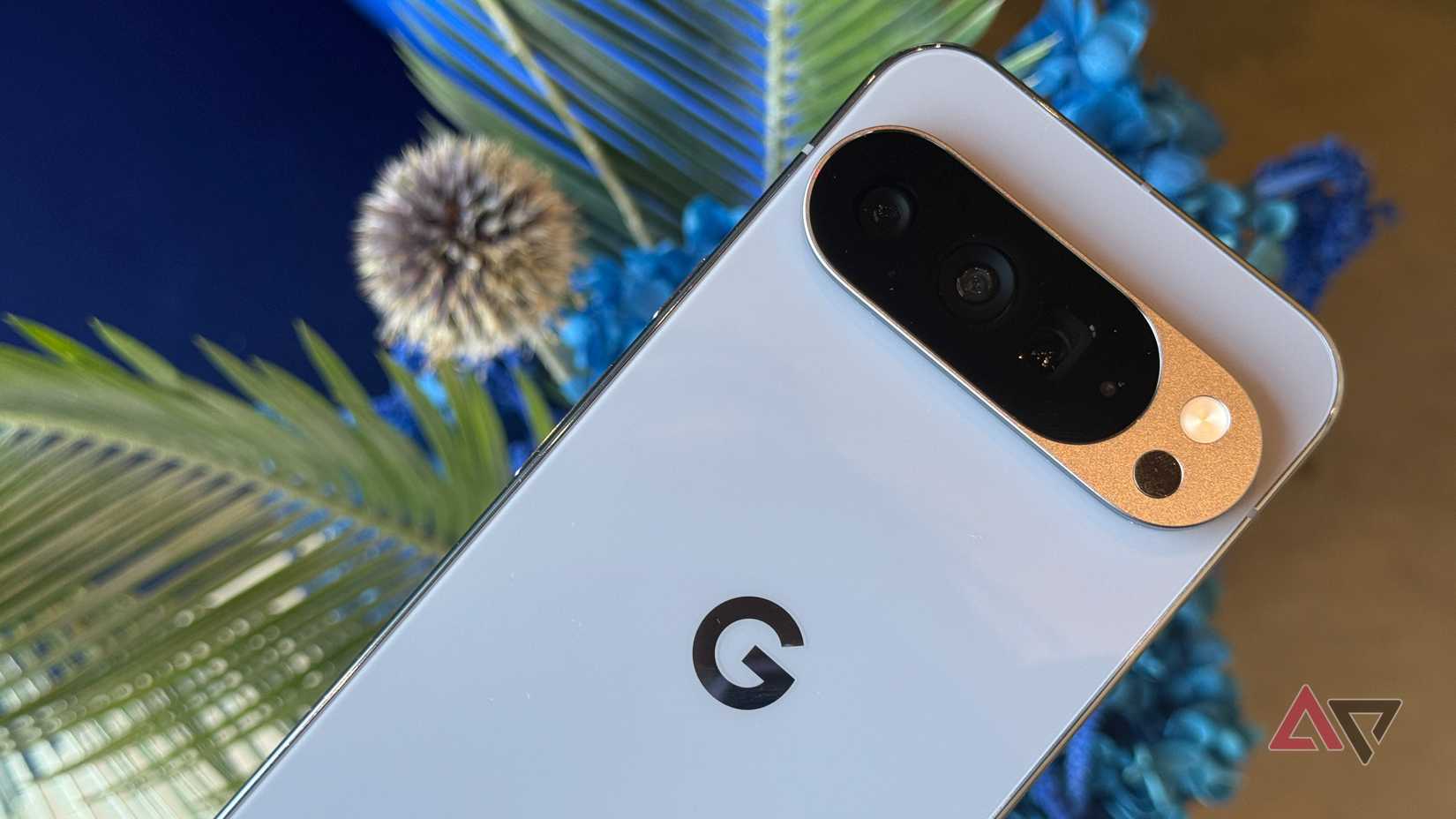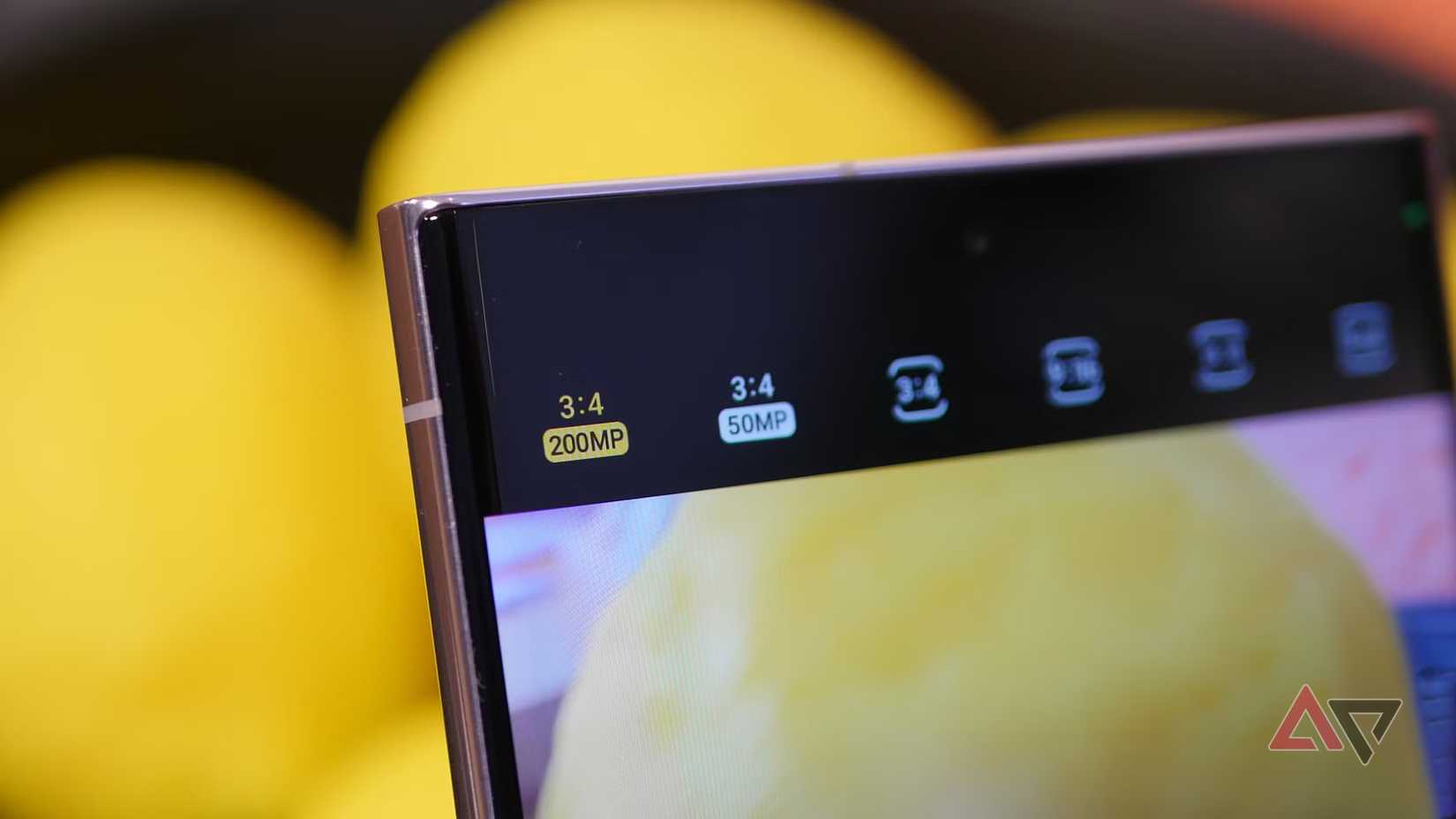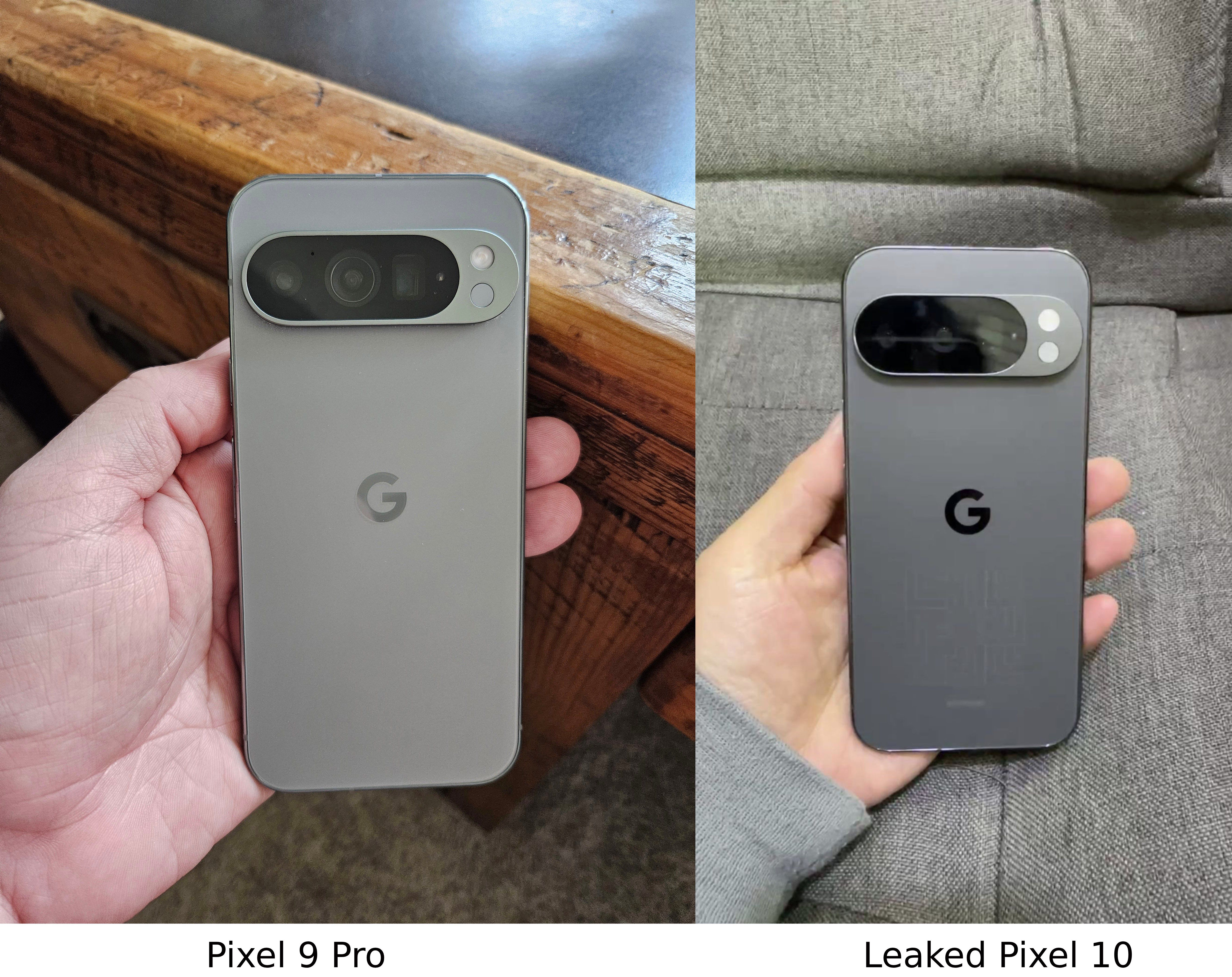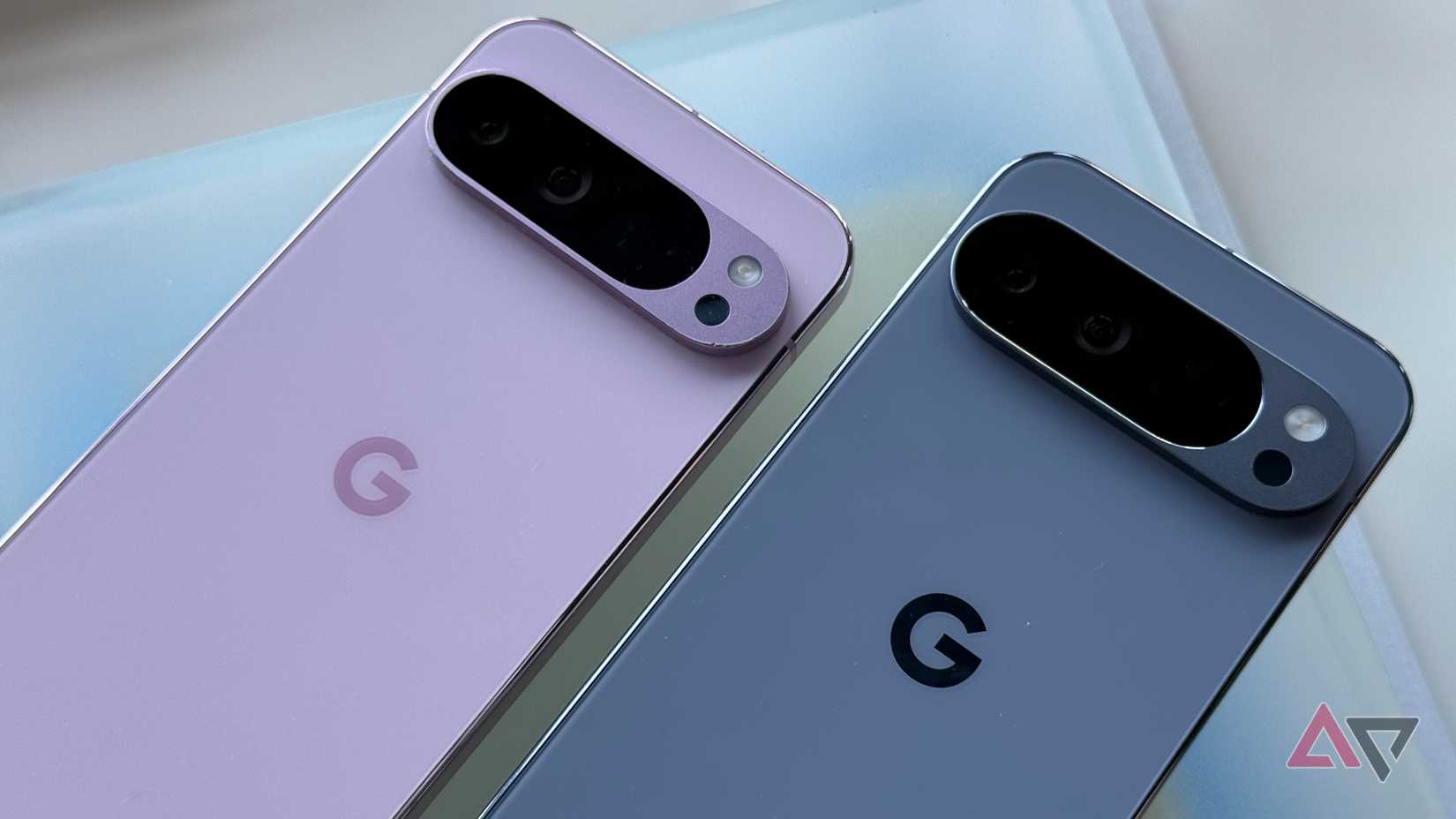I’ve felt my frustrations with Apple grow for some time. I remember getting my hands on the original iPhone, realizing how ancient it made my Motorola Q look. The iPhone ushered in a period of relentless innovation from Apple, with the company consistently being first to market with features that performed well year after year. It was an exciting era for Apple, and it was hard to imagine a time when the company wouldn’t push the envelope.
Unfortunately, things changed. From a business standpoint, I understand why Apple slowed its advancement, opting for cautious moves over bold innovations. Apple suddenly was the last to market with new features, but at least they ran well. Now, with a series of subpar software releases and the failure that is Apple Intelligence, I can no longer give Apple the benefit of the doubt. Here’s why iOS 26 is the last chance I’m giving Apple to turn things around.
Brutal iOS experiences
‘It just works’ no longer applies
I’ve experienced problems with iOS for the last several years. I’ve suffered through random battery drains and numerous recurring issues with system apps. iOS 18.4.1 was the worst of all, with consistent crashes and lock-ups, problems I never would have encountered a decade ago. Apple’s software was once considered the most reliable, but I now place it near the bottom of the list. The company used to get away with being last to market with features because they ran well and often included elements that other manufacturers didn’t, but that’s no longer the case.
No smartphone manufacturer has convinced me that AI adds value to the user experience, but Apple’s implementation is terrible.
Apple Intelligence is the most glaring example. The company heavily marketed the iPhone 16 Pro Max with promises of Apple Intelligence, only to see some of the promised features not released for months. When they did arrive, they worked poorly, and I found it easier just to ignore them. Notification summaries are a mess, with Apple Intelligence often doing more harm than good. In addition, the substantive upgrades to Siri were delayed, leaving us with the slowest and least-capable voice assistant among major smartphone manufacturers. Something has to change, and Apple hopes iOS 26 provides relief.
iOS 26 shows flashes of old Apple
Not in a good way
It was difficult to hold back an audible laugh when Apple introduced Call Screening for iOS at its WWDC 2025 Keynote event, a feature that has been a staple on Pixel devices for years. It was the first of a few “new” iOS 26 elements that Android users know and love. iOS 26 devices will also track where you’ve been, so you can recall a list of restaurants or stores you may have forgotten the name of — stop me if any of these sound familiar. I don’t mind. I’d settle for the Apple that released things last but still did them well over what we currently have. If the company could deliver reliable software, I’d settle for waiting long periods for features.
The company is at least giving us a major visual overhaul, its first in ten years. iOS 7 was a beautiful design, but it was time to move on. Liquid Glass, Apple’s new design language, is an intriguing concept, but it ultimately comes down to execution. I don’t care how pretty my transitions are or how translucent my icons become if the system freezes up several times a day. Apple needs to return to its roots, focusing on providing reliable software and premium hardware. It also has to clean up the mess it created with Apple Intelligence.
Apple Intelligence needs to work
It can’t get much worse
No smartphone manufacturer has convinced me that AI adds value to the user experience, but Apple’s implementation is terrible. My iOS experience got worse as the company rolled out AI features, and Apple Intelligence is good for nothing more than a laugh with friends, sending screenshots of the notification summaries for our group chat. iOS 26 presents an opportunity for the company to turn things around. While I still don’t see the vision, and I don’t think the company’s AI roadmap is as clear as Google’s, it did demonstrate how new AI features would be integrated into the user experience.
Aside from adding features like Call Screening, I’m curious to see how Apple’s version of Visual Intelligence performs. I’d enjoy a more interactive experience with my surroundings, and if Apple has an answer to Google’s Project Astra, I’d like to see how that develops. I’m frustrated with Apple, and the company has undoubtedly slipped in the last few years, but it’s not unsalvageable. Apple Silicon is fantastic, and when software isn’t getting in the way, iPhones still deliver excellent battery life and performance. Still, we’ve suffered through enough mediocrity — Apple has to come through with iOS 26.
I’m not the only one complaining
I’ve had countless friends come up to me, people who never paid attention to the phone they were using, and ask what Apple alternatives were out there and how hard it is to switch. People are looking towards flashy folding phones, such as the new Motorola Razr 2025 or the reliable Google Pixel 9 series, because they’re tired of what Apple keeps releasing. I’m willing to give Apple another chance, but my patience is running out.






